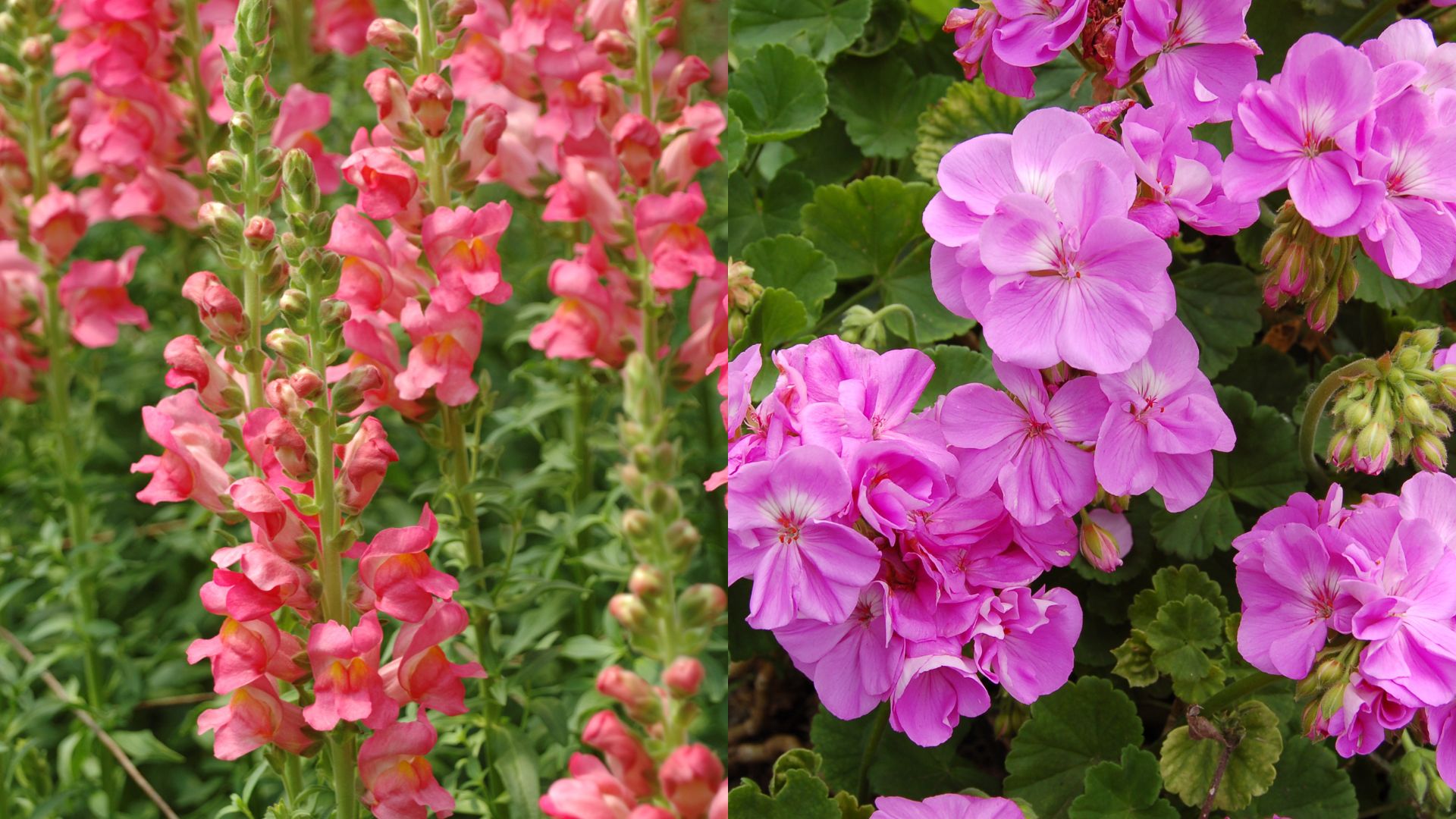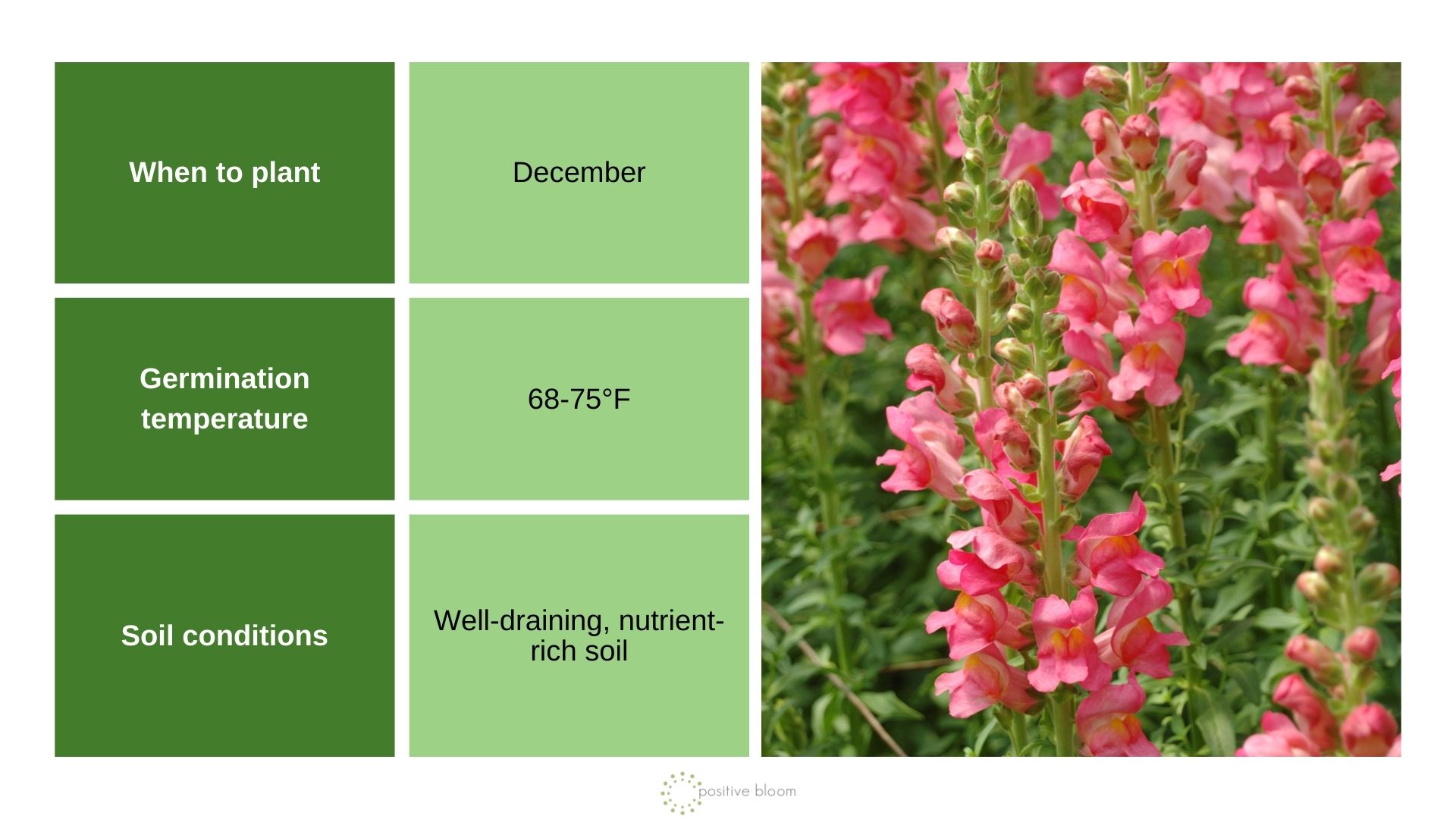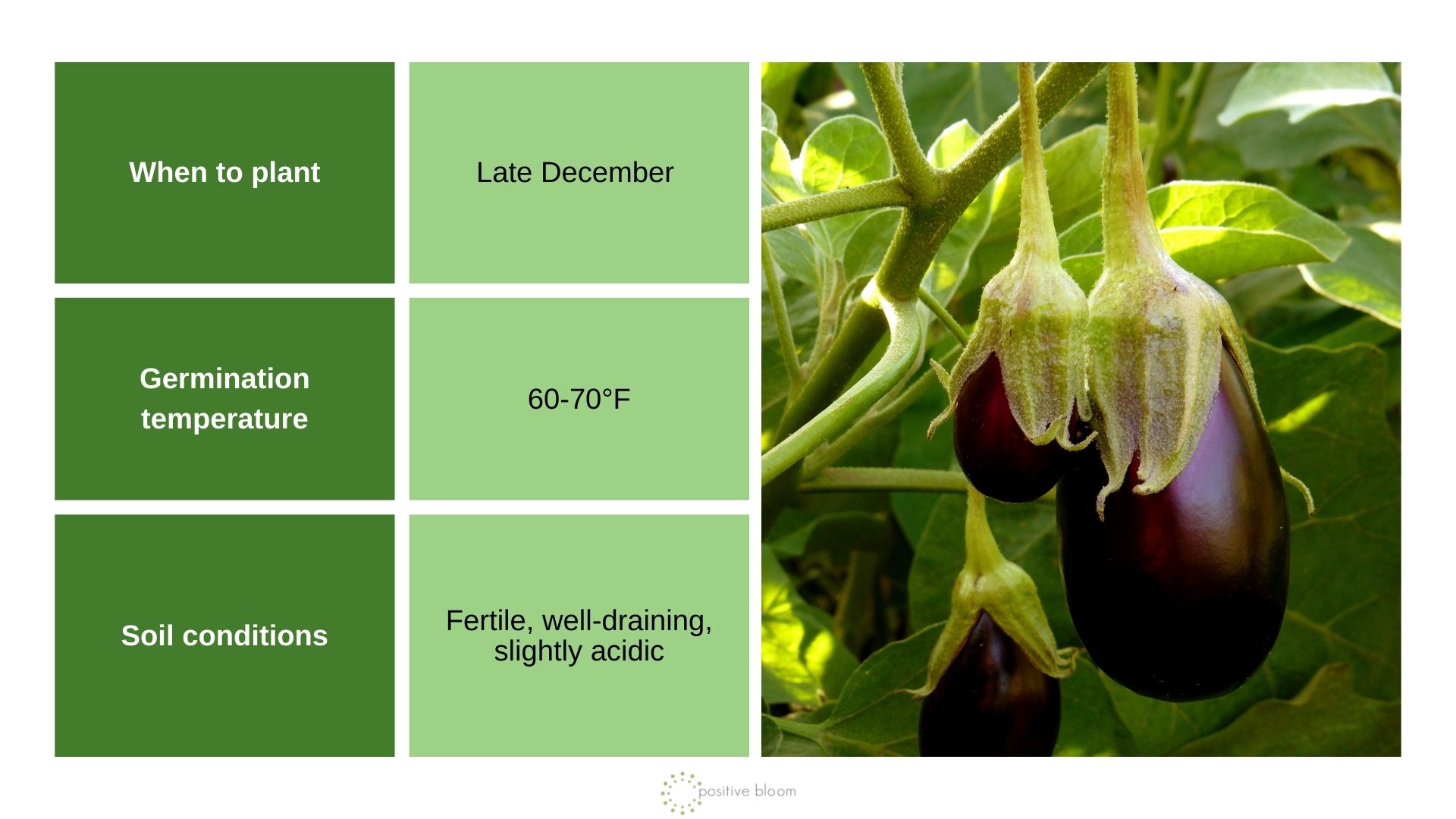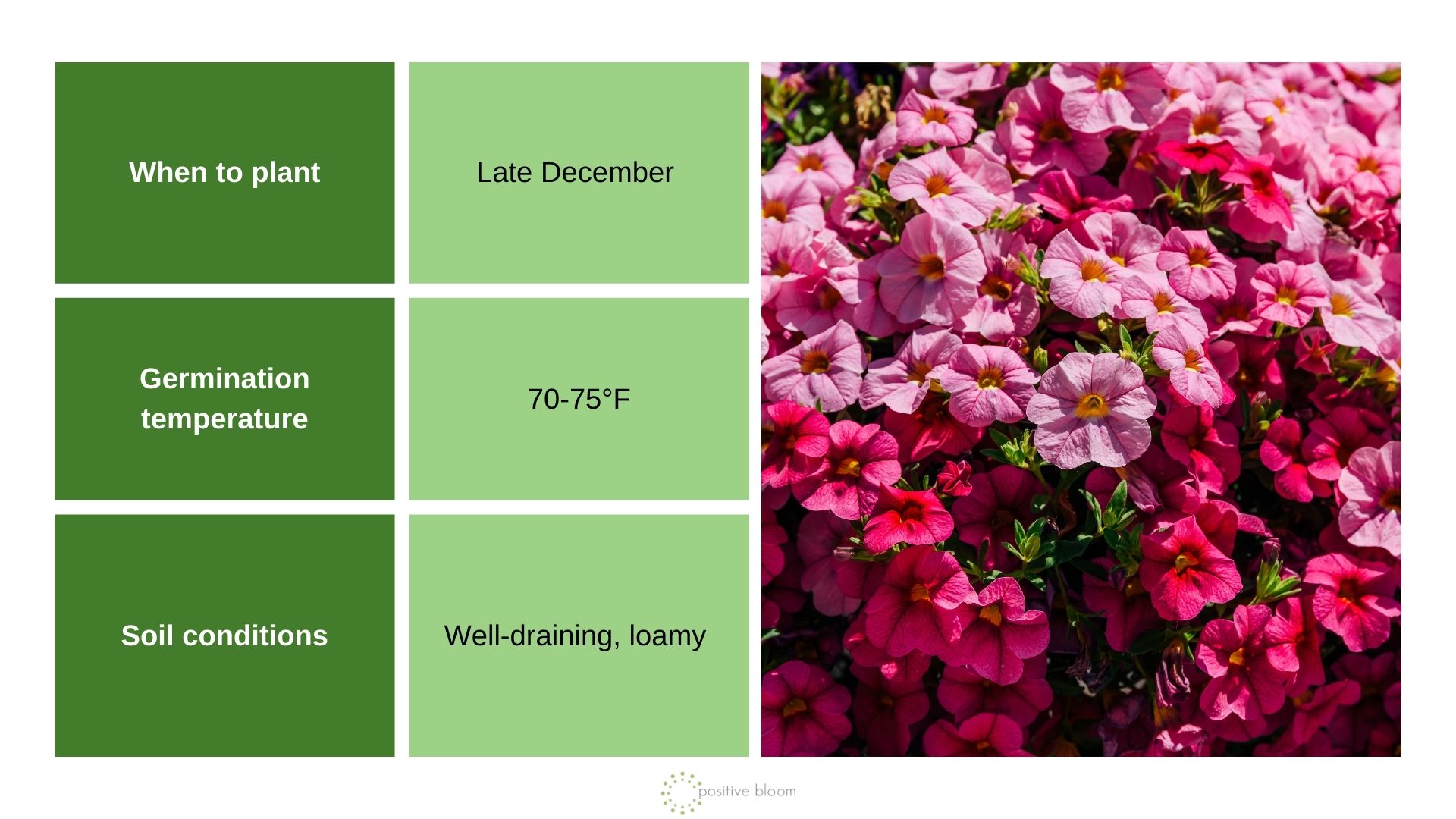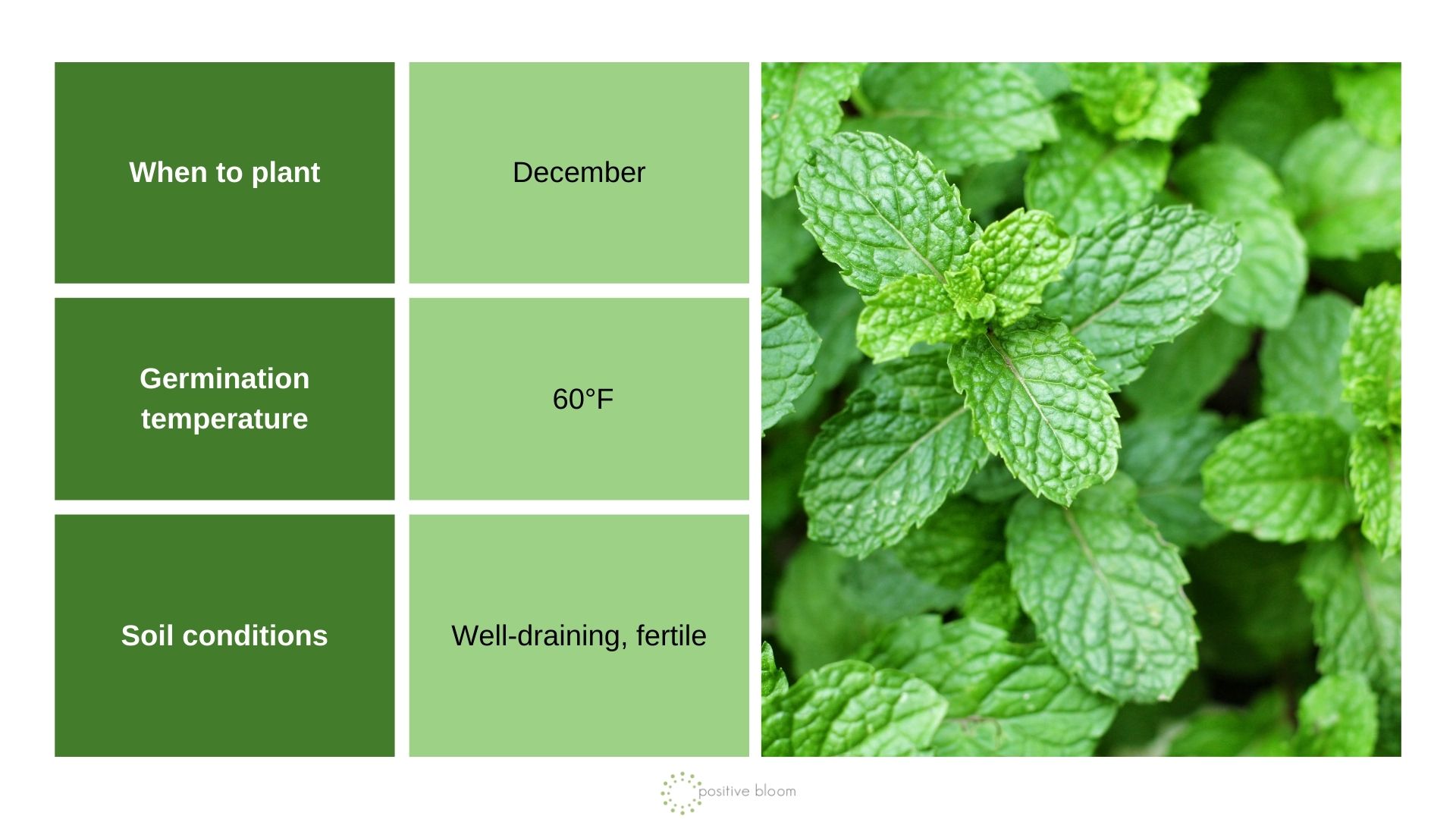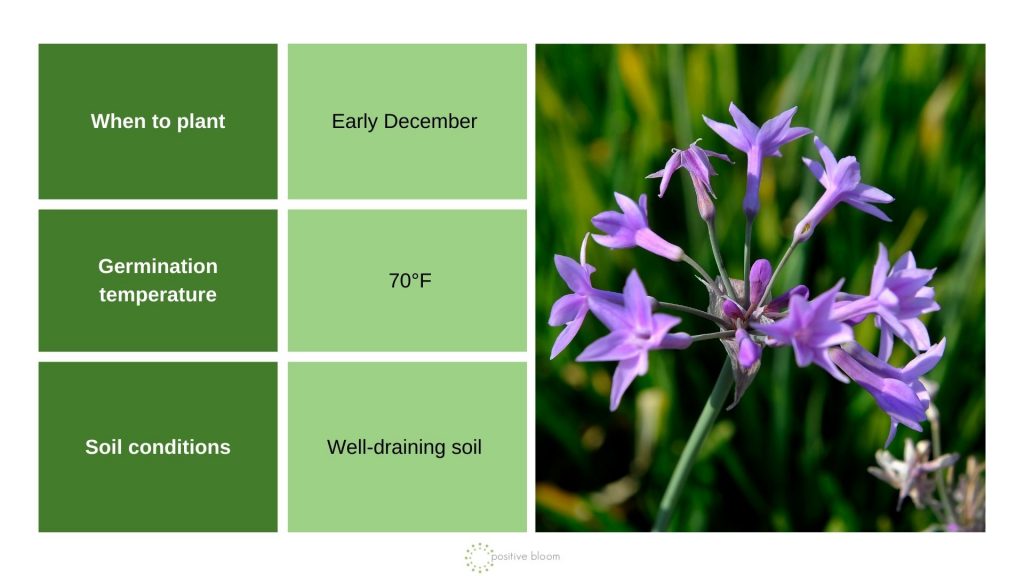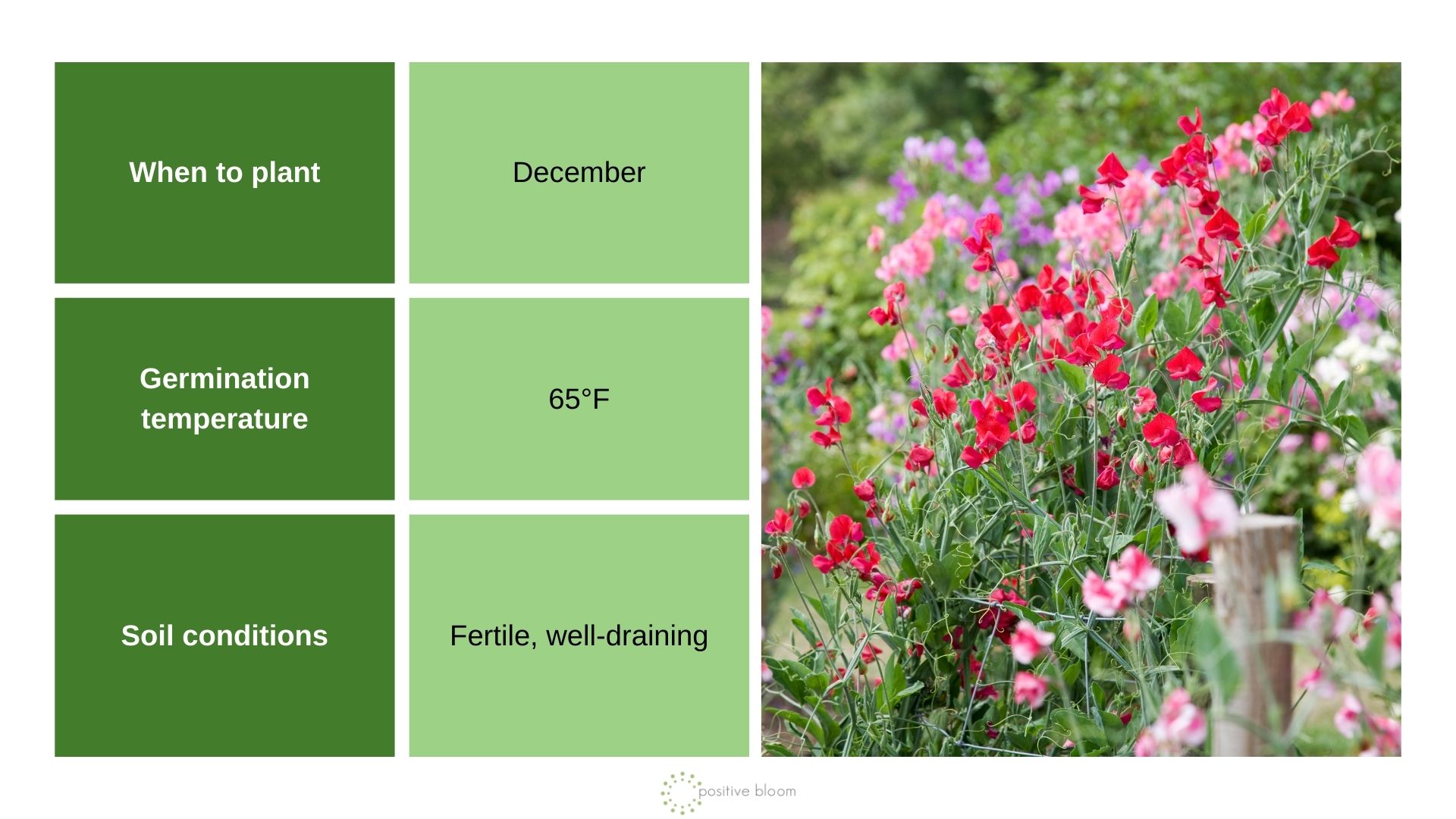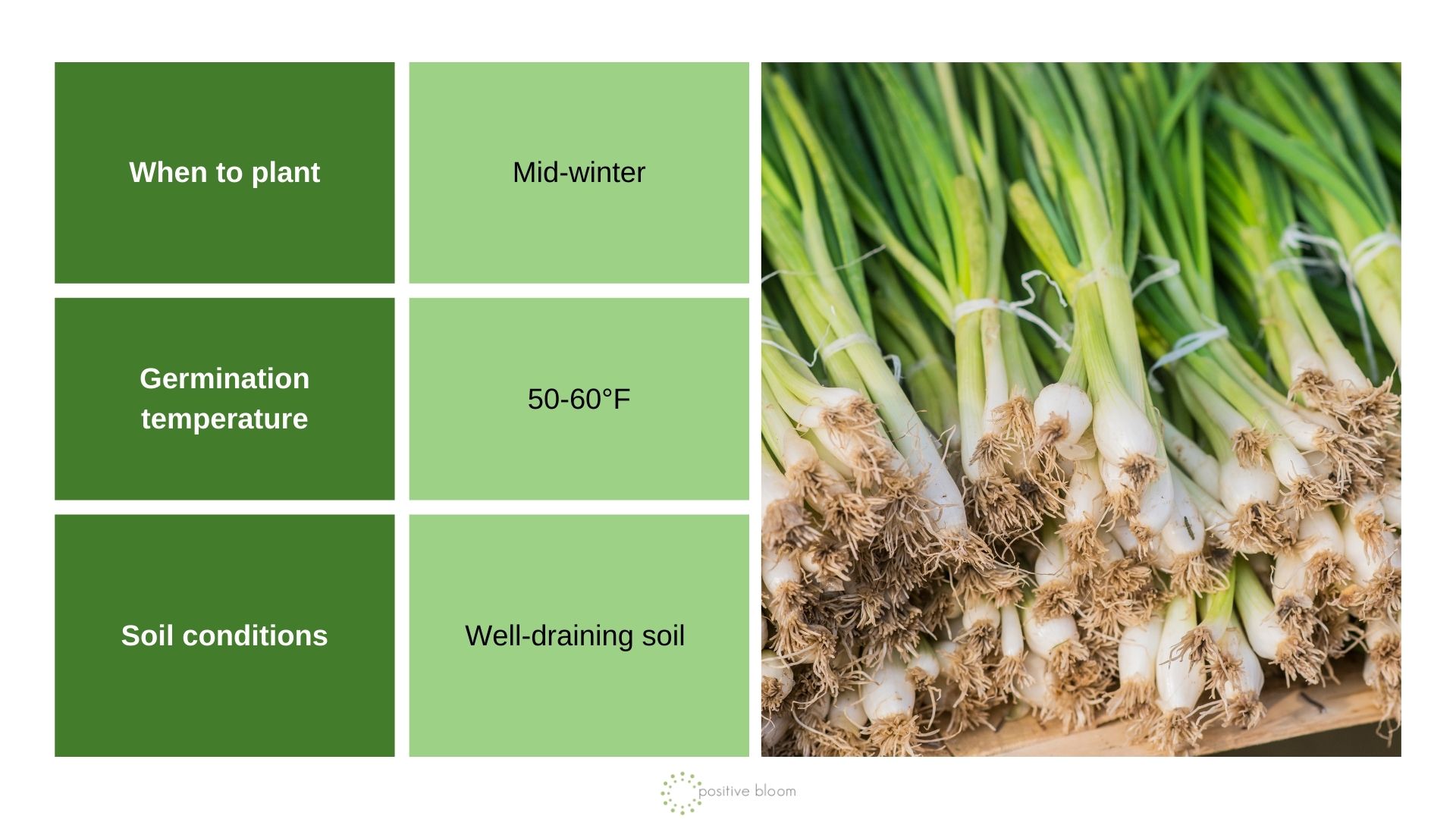The thought of planting seeds in December might sound crazy, but the truth is quite the opposite. There are still some gardening jobs that you need to do, even when the entire garden is covered in a snow blanket.
This also includes sowing the seeds and prepping your plants for the next growing season!
You’ll need to do the planting indoors or in a heated greenhouse where the seeds will be warm enough to germinate. Gardeners often use a heated propagator to ensure successful germination.
Planting seeds in December might seem surprising, but it’s a smart move. By doing so, you’ll enjoy earlier blooms and heartier crops when the warmer months roll around. Now, let’s see what plants you can sow. 🙂
1. Snapdragons
Snapdragons, otherwise known as Antirrhinums, are popular flowering plants that can be sown in December for early blooming in the summer. These colorful flowers come in a variety of shades, including pink, red, yellow, and purple.
There are plants that need a longer period of growing before blooming, so make sure to plant them early!
Plant the seeds in a high-quality seed compost. Scatter them on the surface and just leave them exposed. Then, place the tray or pots inside a propagator. What you can also do is put the tray inside a plastic bag and wait for the seeds to sprout.
The optimal germination temperature for snapdragon seeds is between 68 to 75 degrees Fahrenheit. Plant seedlings in single pots and keep growing them until the danger of frost has passed. Plant the seedlings outdoors once the temperatures are warmer.
Discover: 16 Flowers That Bloom & Thrive In Mild Winters
2. Eggplant
You might be surprised to see eggplants on our list because they are a typical summer crop. However, they have a long growing season, so it’s better to start them early!
Although, only specific circumstances will allow early sowing. For instance, if you own a greenhouse or live in a warmer climate, you will be able to sow them earlier without transplanting.
Eggplant seeds will need a lot of warmth to get started, which is why growing them without additional heat would be a mistake. Plant them in separate pots or modules, and make sure the soil stays warm and damp.
Get familiar with the eggplant growing stages.
3. Geraniums
Geraniums are famous for their vibrant blooms and aromatic leaves. They can adorn your garden with their colorful blooms as early as April, but only if you plant them in December.
Sow geranium seeds in well-draining seed compost. Geranium seeds germinate at temperatures between 70 and 75 degrees Fahrenheit. Make sure that the soil is slightly moist at all times. Don’t let it dry out during the early stages of germination.
Put your geraniums outdoors once the danger of frost has passed. If the weather gets colder, bring them back indoors. Deadhead spent blooms regularly to promote continuous flowering.
Related: 2 Ways Of Saving Geraniums In Fall And Keeping Them Alive During Winter
4. Mint
The great thing about mint is that you can sow it whenever you want. However, most folks do so in December so that they can enjoy fresh mint throughout spring.
When sowing mint in winter, you’ll have an indoor herb garden that you can successfully transplant outdoors once the weather gets nicer. Alongside mint, you can plant dill, chives, basil, and rosemary.
Scatter some mint seeds on moist compost and put them in a place with plenty of light. Your mint should quickly grow and you’ll be able to harvest some when the leaves reach usable sizes.
Harvesting mint continuously will encourage more growth and production. Pot up the plants in containers outdoors once the frost has passed, or plant them in your outdoor herb garden (keep in mind that mint can get invasive).
5. Laurentia
Laurentia are compact plants known for their star-shaped flowers and soft green leaves. Often used in flower beds or borders, Laurentia can also be used for filling empty spaces in container gardens.
Sow them in December and provide extra heat from a propagator or heating mat. Planting the seeds earlier will provide you with a colorful flower display from early summer until the first frost arrives.
6. Sweet Peas
Sweet peas can be planted anytime during fall to spring, but December has proven to be the perfect month for sowing sweet peas. Winter planting leads to sturdy plants with strong roots and solid top growth.
They should be grown in a greenhouse or germinated on a windowsill. Sow them in deep pots or root trainers, but make sure to use good seed compost. Plant each sweet pea seed about an inch deep in the soil. Make sure to keep the soil moist but not waterlogged.
Protect your little peas from mice because they enjoy nibbling on their seeds.
Related: Everything You Need To Know About Growing Sweet Peas
7. Onions
Sow seeds or sets in mid-winter to provide a longer growing season for your delicious onions. They can be planted outdoors as soon as the soil starts to warm up!
Plant seeds lightly into modules with temperatures between 50 to 60 degrees Fahrenheit. Thin the seedlings and keep the soil moist. Harden them before transplanting into your vegetable garden outdoors.

